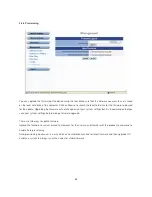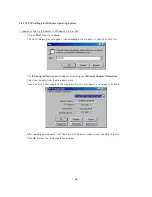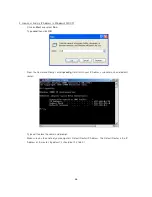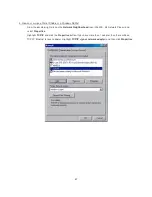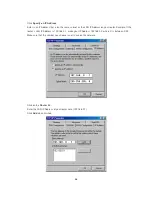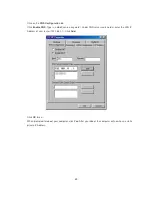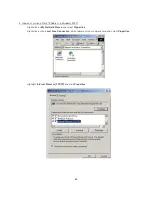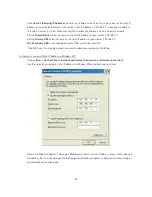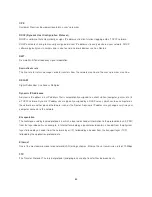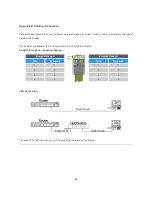
56
Route
The path that network traffic takes from its source to its destination. The route a datagram may follow can include
many routers and many physical networks. In the Internet, each datagram is routed separately.
Router
A system responsible for making decisions about which of several paths network (or Internet) traffic will follow. To
do this, it uses a routing protocol to gain information about the network and algorithms to choose the best route
based on several criteria known as "routing metrics".
Routing table
Information stored within a router that contains network path and status information. It is used to select the most
appropriate route to forward information along.
Routing Information Protocol
Routers periodically exchange information with one another so that they can determine minimum distance paths
between sources and destinations.
SNMP
Simple Network Management Protocol - The network management protocol of choice for TCP/IP-based Internet.
SOCKET
(1) The Berkeley UNIX mechanism for creating a virtual connection between processes.
(2) IBM term for software interfaces that allow two UNIX application programs to talk via TCP/IP protocols.
Spanning-Tree Bridge Protocol (STP)
Spanning-Tree Bridge Protocol (STP) - Part of an IEEE standard. A mechanism for detecting and preventing
loops from occurring in a multi-bridged environment. When three or more LAN's segments are connected via
bridges, a loop can occur. Because a bridge forwards all packets that are not recognized as being local, some
packets can circulate for long periods of time, eventually degrading system performance. This algorithm ensures
only one path connects any pair of stations, selecting one bridge as the 'root' bridge, with the highest priority one
as identifier, from which all paths should radiate.
Spoofing
A method of fooling network end stations into believing that keep alive signals have come from and returned to
the host. Polls are received and returned locally at either end

